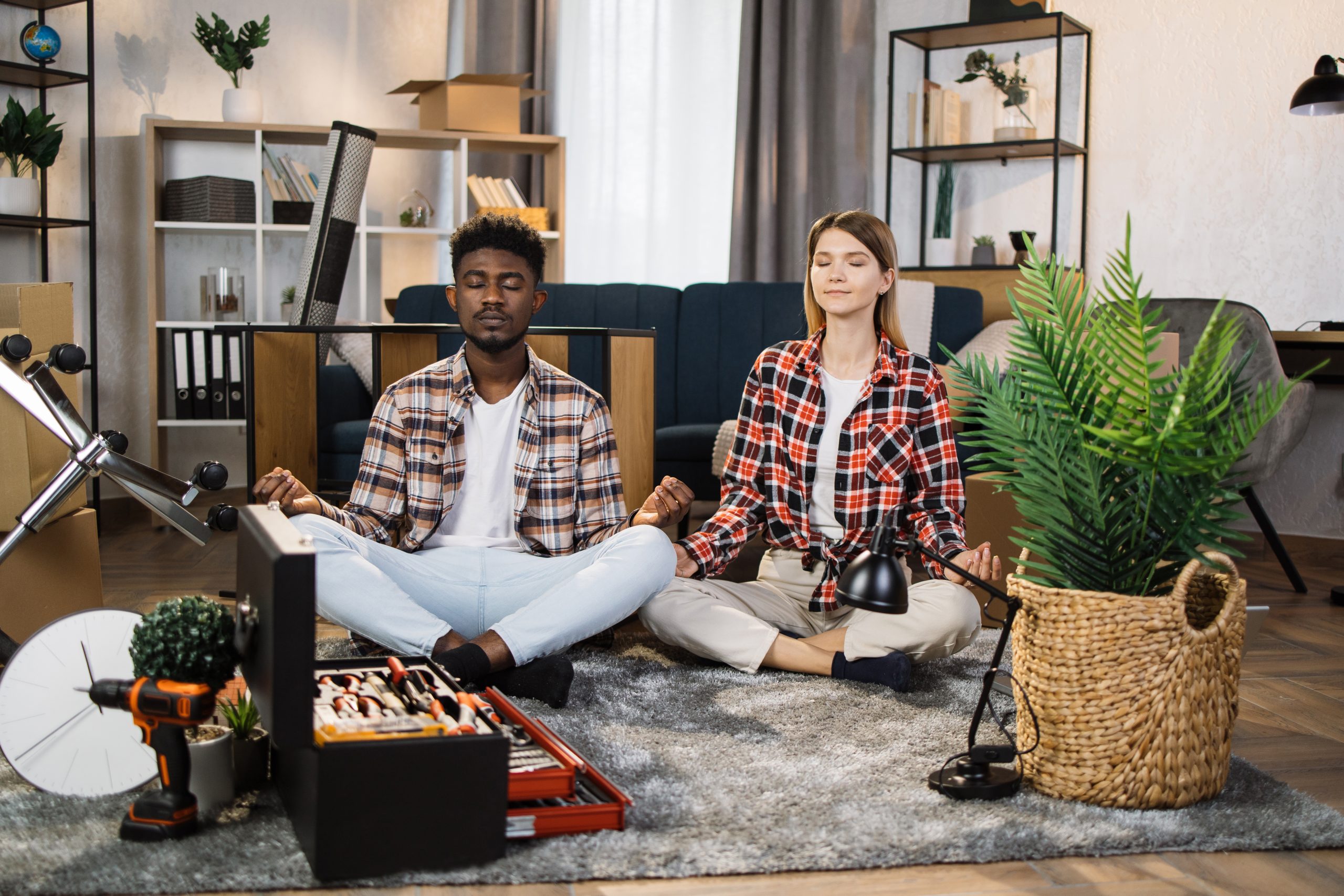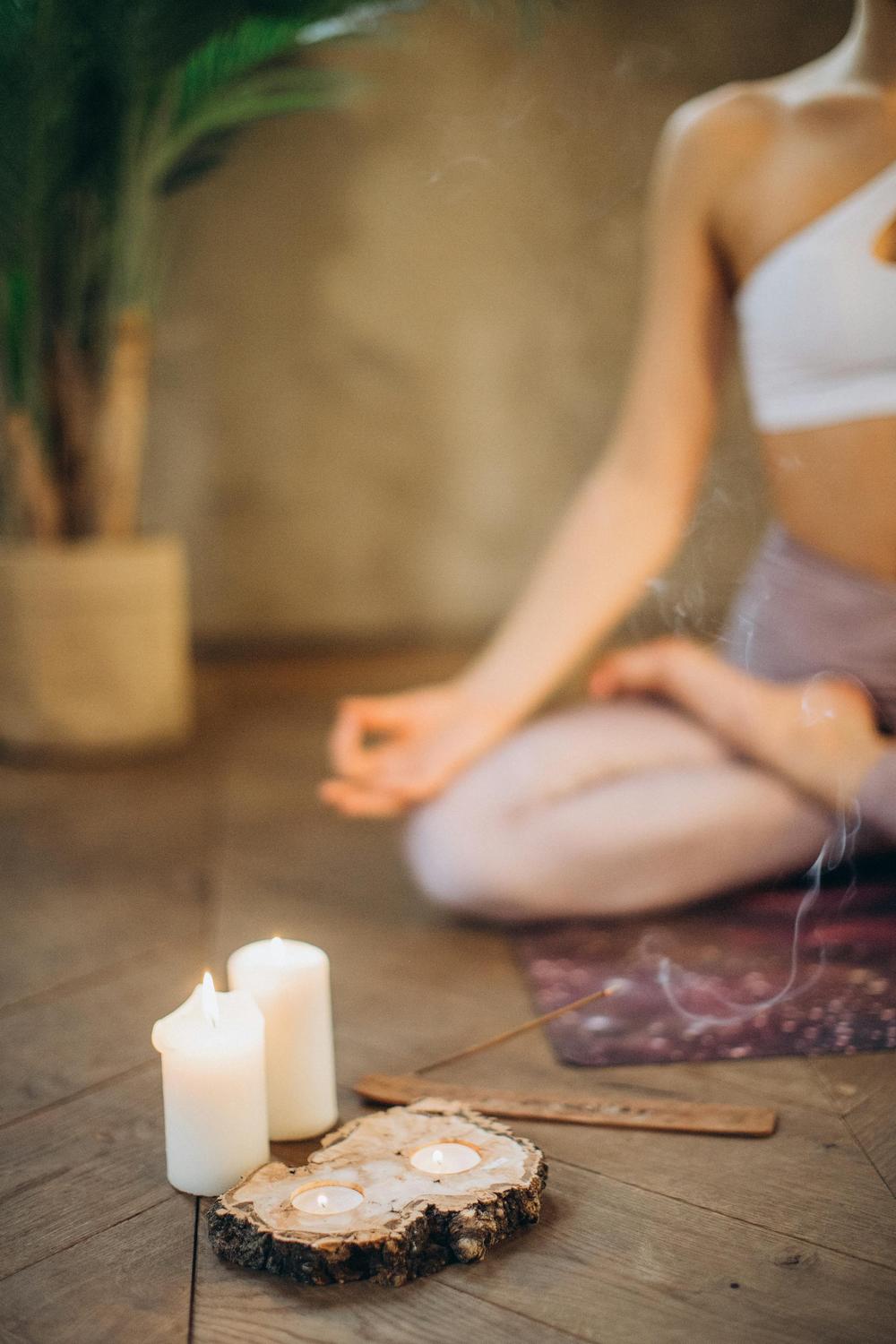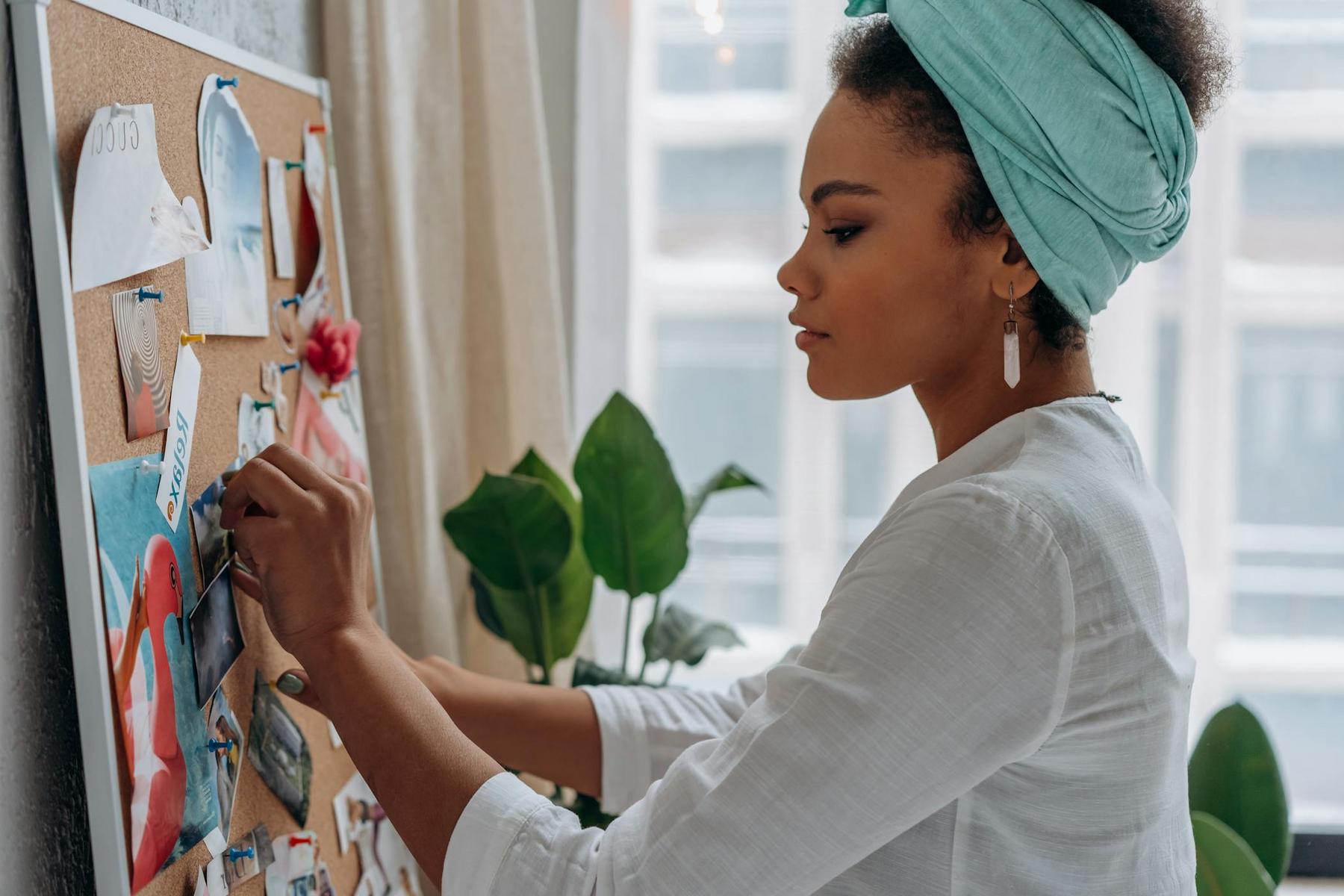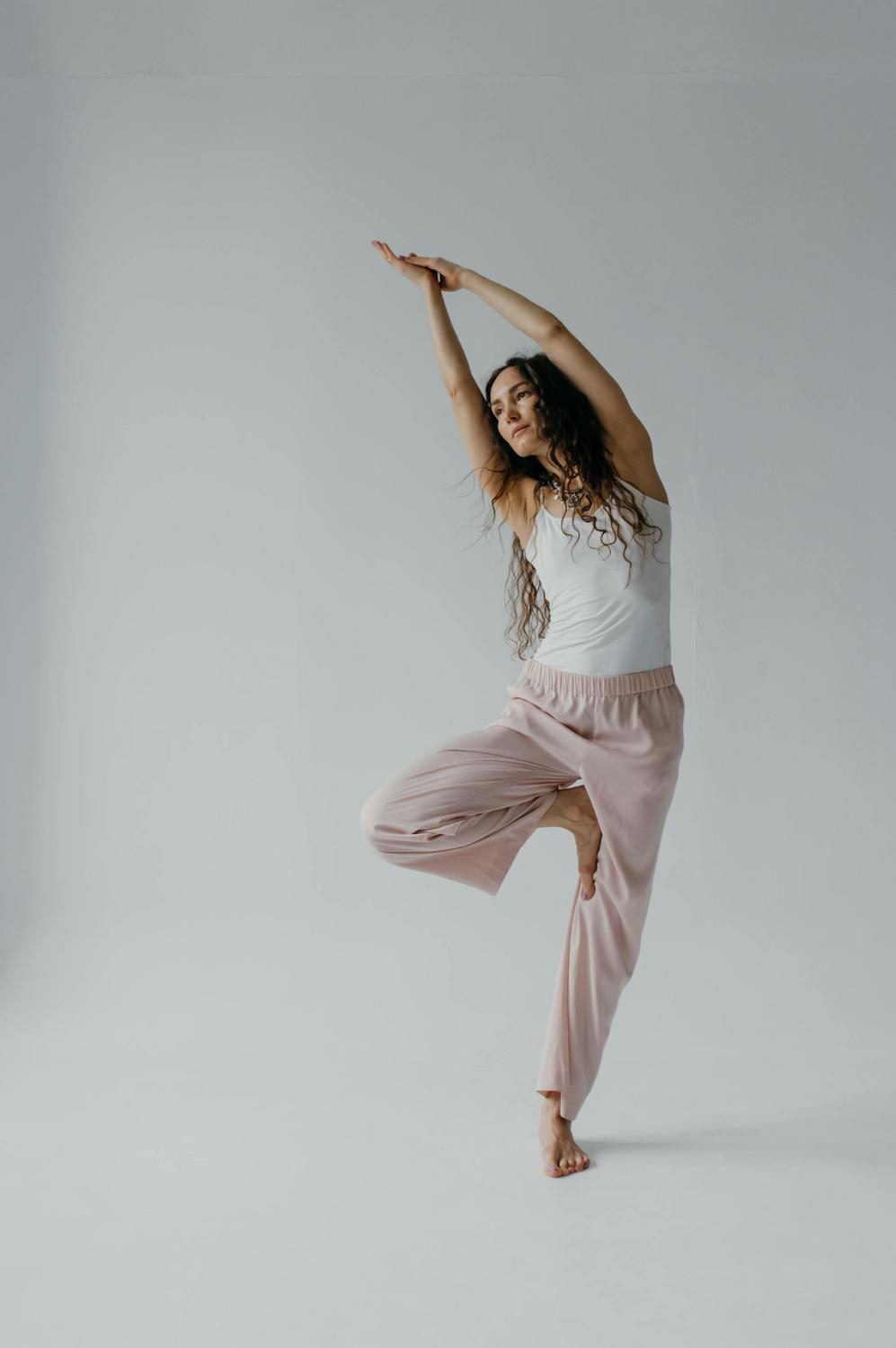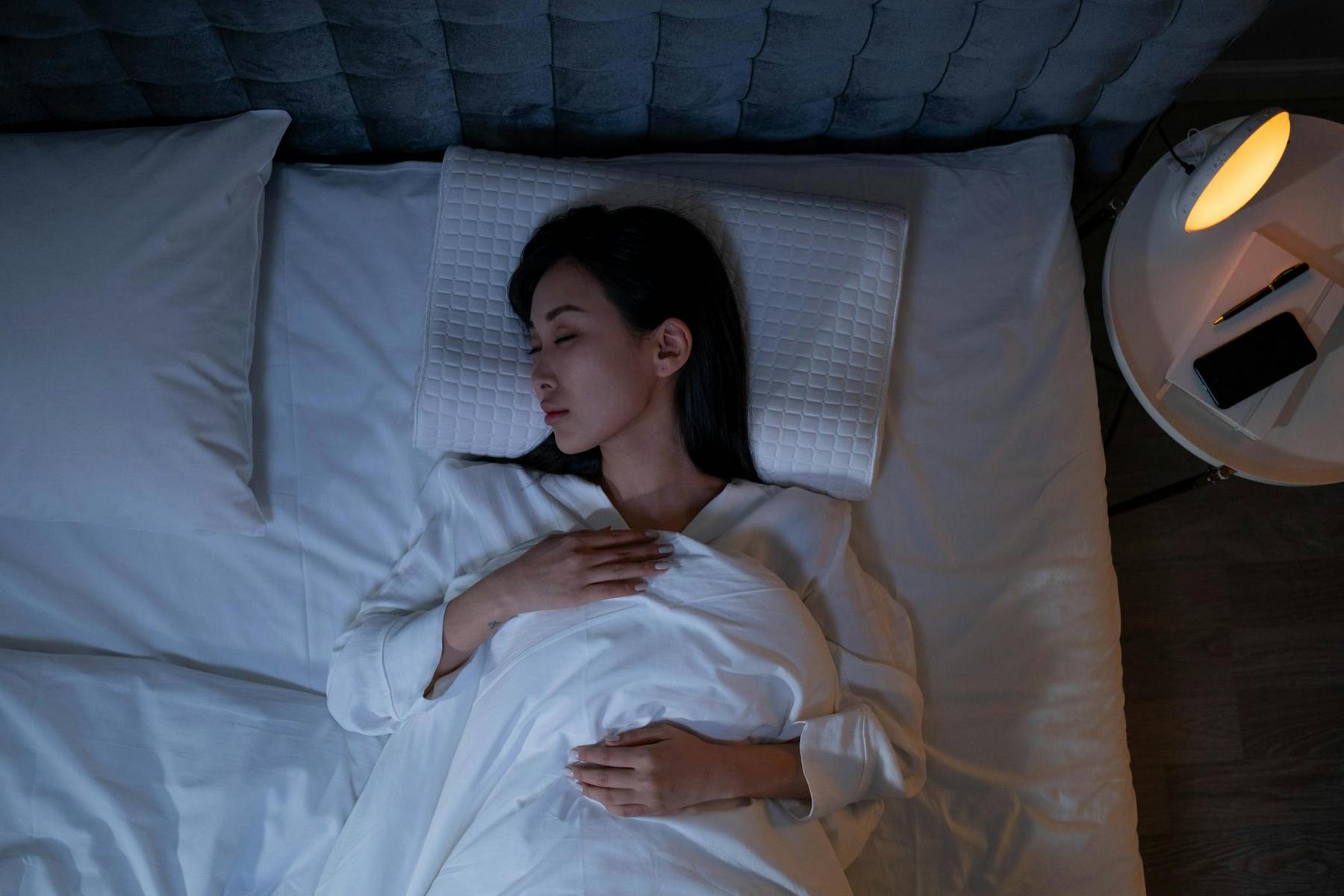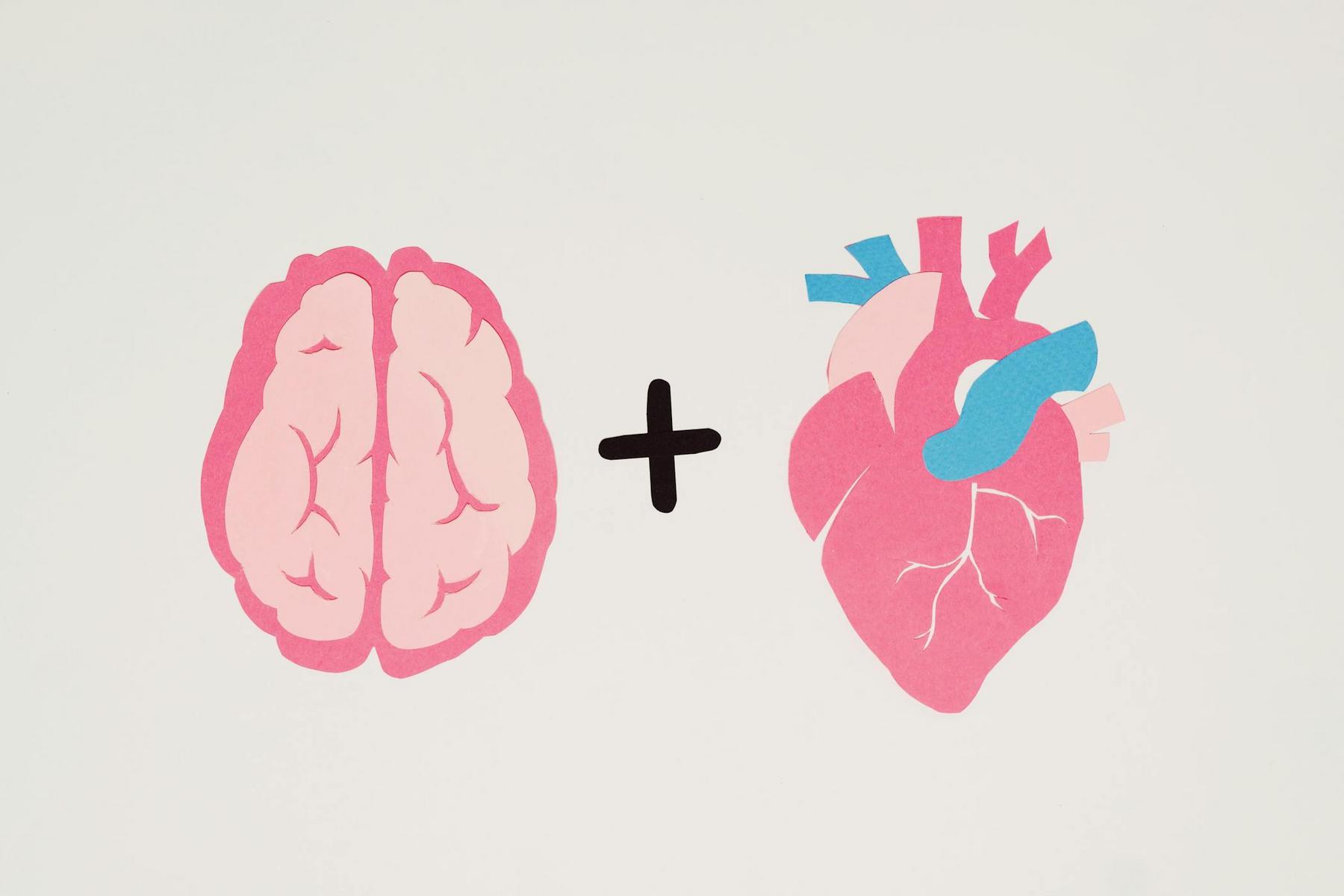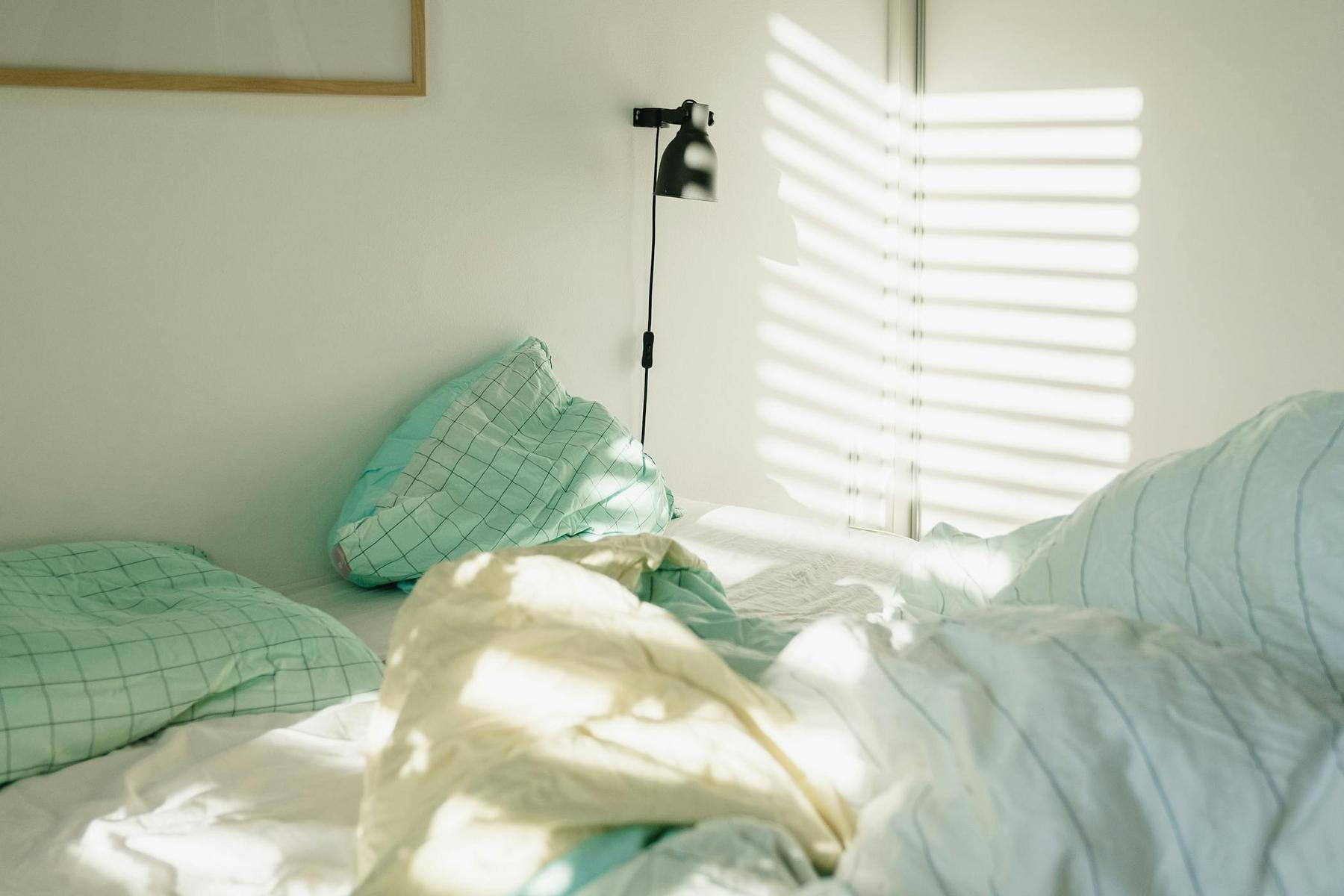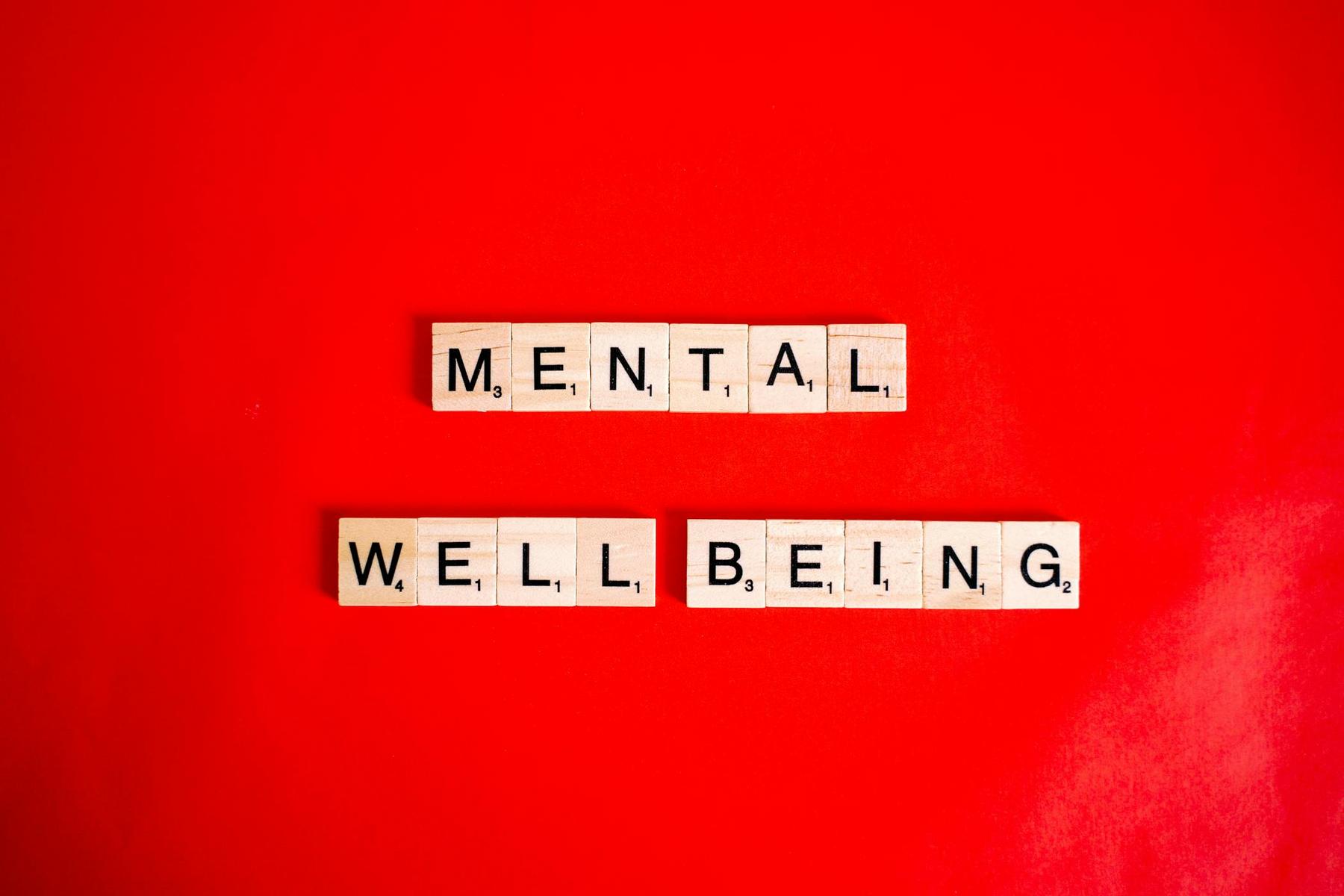Happy Living Starts with a Holistic Approach
Recent Australian health surveys reveal a striking paradox: while 75% of Australians believe they lead a healthy lifestyle, only 31% engage in all the fundamental practices that support overall wellness. This gap between perception and reality highlights an important truth – true wellness involves more than just occasional healthy choices. It requires a comprehensive approach that nurtures every aspect of our wellbeing.
Why Traditional Approaches Often Fall Short
Many people focus solely on one aspect of health, such as:
- Following strict exercise regimens
- Adopting restrictive eating patterns
- Pursuing intensive meditation practices
- Taking various supplements
While these individual elements can play a role in overall wellness, research shows that sustainable wellbeing requires a more integrated approach. Let’s explore what that really means for your daily life.
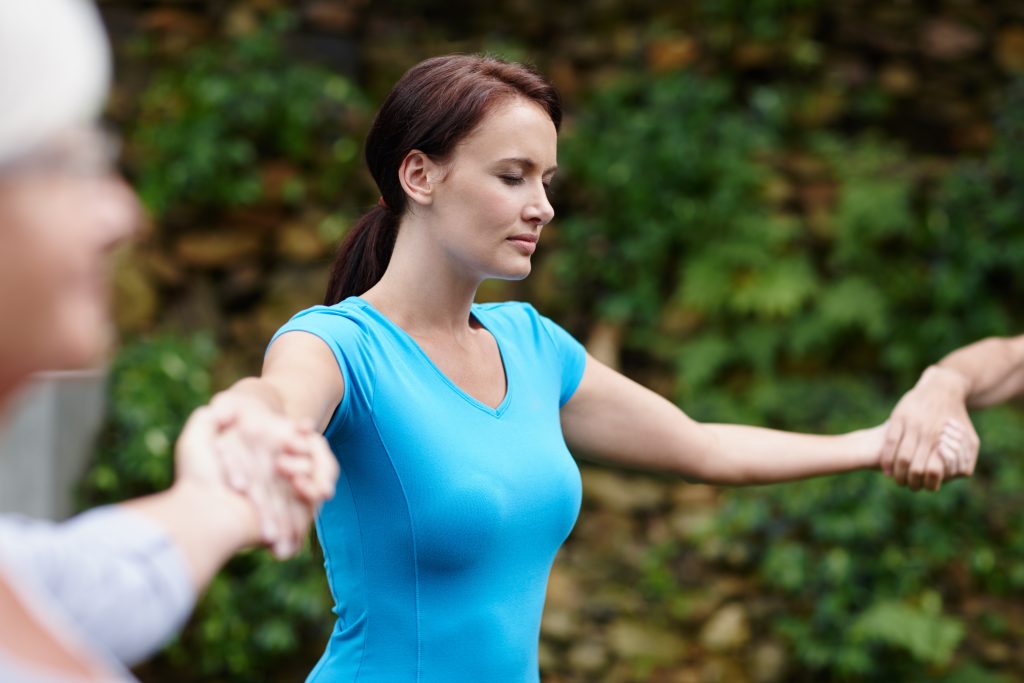
The Science Behind Holistic Wellness
Recent research from leading Australian universities has unveiled fascinating insights into how different aspects of wellness interact:
The Mind-Body Connection
Scientists have discovered that mental and physical wellness are inextricably linked through various physiological mechanisms:
- Stress hormones directly impact physical health
- Physical activity influences brain chemistry
- Sleep quality affects emotional resilience
- Digestive health influences mood and energy
- Social connections impact immune function
Environmental Impact
Your environment plays a crucial role in wellness:
- Natural light exposure regulates circadian rhythms
- Air quality affects cognitive function
- Noise levels influence stress responses
- Temperature impacts sleep quality
- Nature exposure boosts mental wellbeing
The Four Pillars of Complete Wellness
1. Physical Harmony
Modern research emphasises the importance of balanced physical activity:
Daily Movement Patterns:
- Morning mobility exercises
- Regular walking breaks
- Gentle stretching
- Balance activities
- Evening relaxation movements
Rest and Recovery:
- Quality sleep routines
- Active recovery practices
- Stress management techniques
- Regular relaxation periods
- Energy conservation strategies
2. Mental Clarity
Cognitive Support:
- Focus enhancement practices
- Memory-supporting activities
- Learning opportunities
- Creative expression
- Problem-solving exercises
Emotional Balance:
- Stress management techniques
- Emotional awareness practices
- Mindfulness exercises
- Breathing techniques
- Regular reflection time
3. Social Wellbeing
Meaningful Connections:
- Family relationships
- Friendship nurturing
- Community involvement
- Professional networks
- Support systems

Communication Health:
- Active listening skills
- Clear expression
- Boundary setting
- Conflict resolution
- Empathy development
4. Environmental Wellness
Space Optimisation:
- Natural light maximisation
- Air quality management
- Noise control
- Temperature regulation
- Ergonomic setup
Nature Connection:
- Outdoor time
- Plant interaction
- Natural materials
- Fresh air exposure
- Seasonal awareness
Practical Implementation Strategies
Morning Routine for Optimal Wellness
Start your day with practices that set a foundation for wellbeing:
First Hour:
- Natural light exposure
- Gentle movement
- Hydration
- Mindful breathing
- Nutritious breakfast
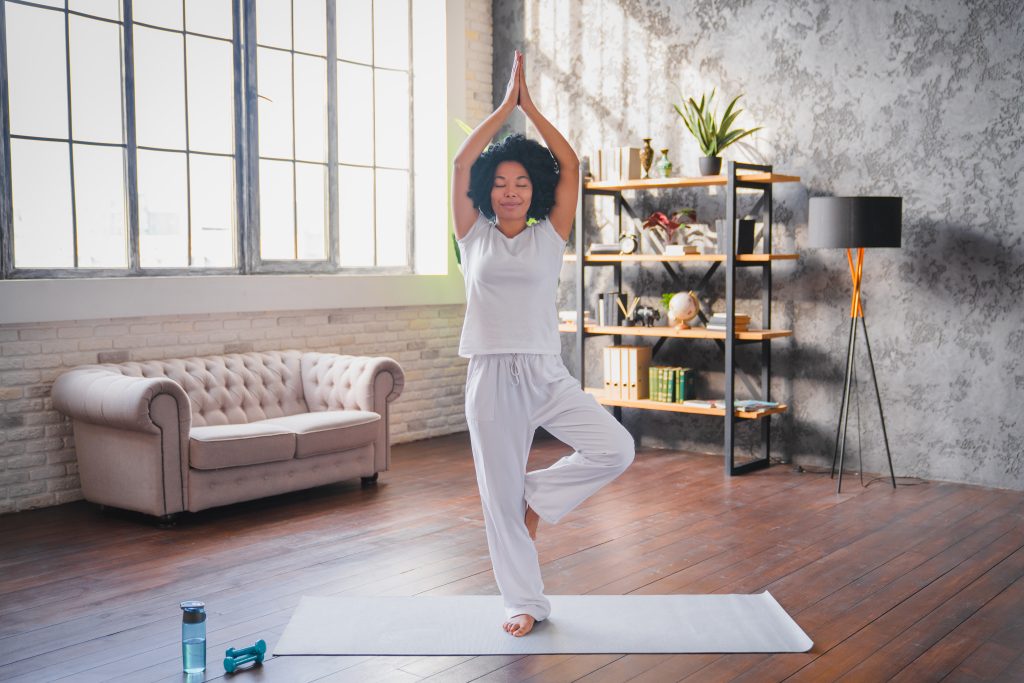
Mid-Morning:
- Focus work
- Movement breaks
- Social connection
- Nature viewing
- Hydration maintenance
Daytime Balance
Maintain wellness throughout your active hours:
Work Integration:
- Standing breaks
- Walking meetings
- Mindful lunches
- Social interaction
- Environmental awareness
Activity Balance:
- Task variety
- Movement integration
- Rest periods
- Nature connection
- Social engagement
Evening Optimisation
Prepare for restorative rest:
Wind-Down Routine:
- Light management
- Activity reduction
- Relaxation practices
- Connection time
- Environment adjustment
Professional Support Framework
Understanding when to seek guidance is crucial for optimal wellness:
Consider Professional Support When:
- Sleep patterns change significantly
- Energy levels fluctuate unusually
- Stress becomes overwhelming
- Physical discomfort persists
- Emotional balance feels challenging
Benefits of Professional Guidance:
- Comprehensive assessment
- Personalised strategies
- Progress monitoring
- Expert support
- Evidence-based approaches
Building Sustainable Habits
Creating lasting change requires a systematic approach:
1. Foundation Building
- Start with basic practices
- Build gradually
- Monitor progress
- Adjust as needed
- Celebrate small wins
2. Integration Strategies
- Combine multiple elements
- Create supportive routines
- Develop backup plans
- Maintain flexibility
- Review and refine
3. Long-term Success
- Regular assessment
- Strategy adjustment
- Professional check-ins
- Habit refinement
- Ongoing learning
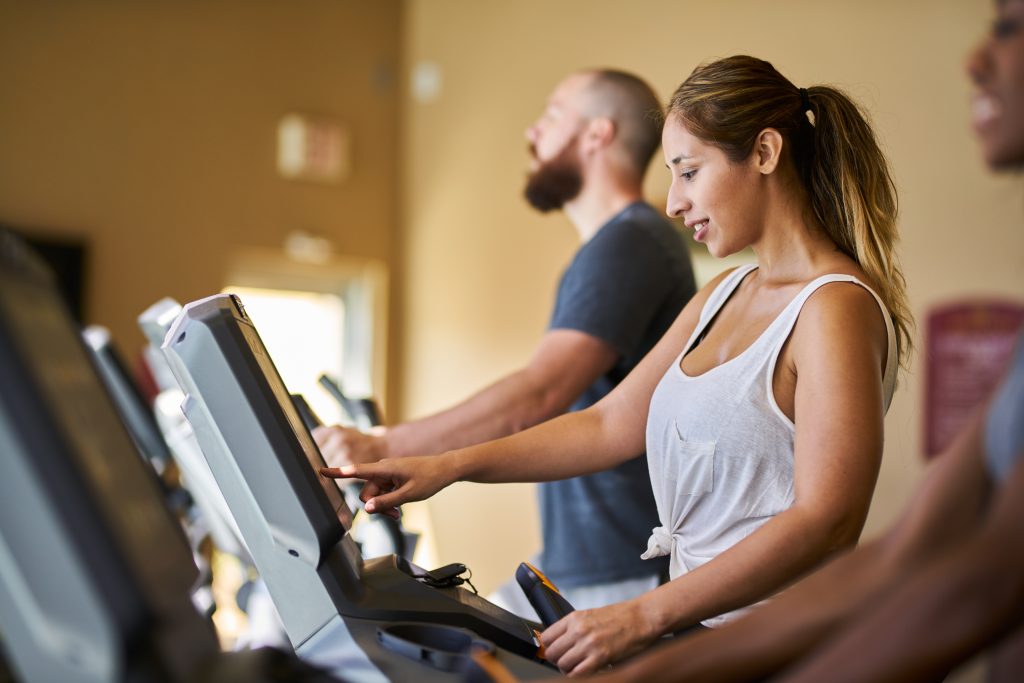
Looking Forward
Remember that wellness is a journey, not a destination. The key to success lies in:
- Consistent small actions
- Regular assessment and adjustment
- Professional support when needed
- Patience with the process
- Celebration of progress
Conclusion
True wellness emerges from the harmonious integration of physical, mental, social, and environmental practices. By adopting a comprehensive approach and seeking professional guidance when needed, you can work towards creating a balanced and sustainable lifestyle that supports your overall wellbeing.
Disclaimer: This information is for general educational purposes only and should not be used as a substitute for professional healthcare advice. Individual needs and circumstances can vary significantly. Always consult with qualified healthcare professionals for personalised advice about your specific situation.
